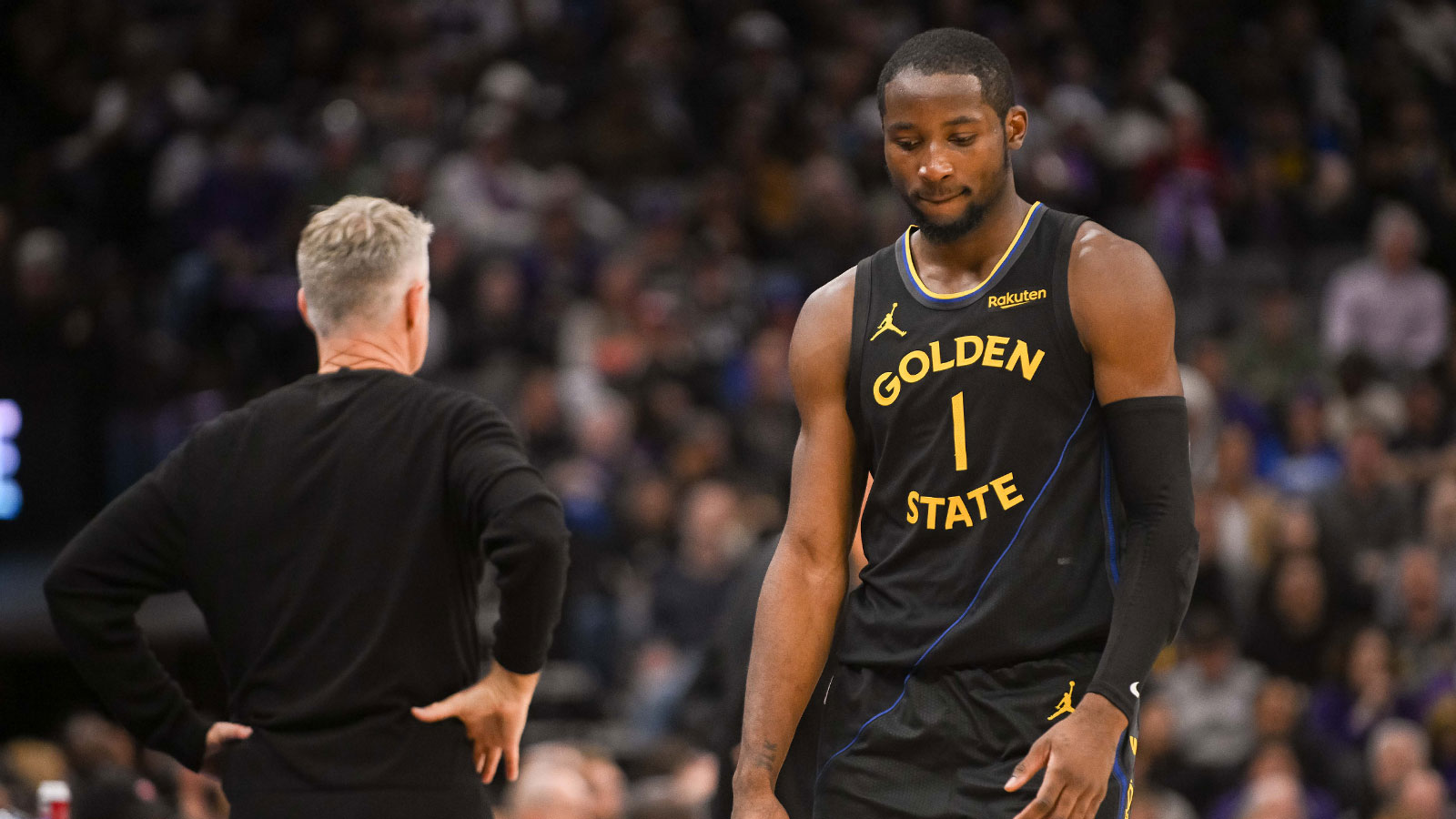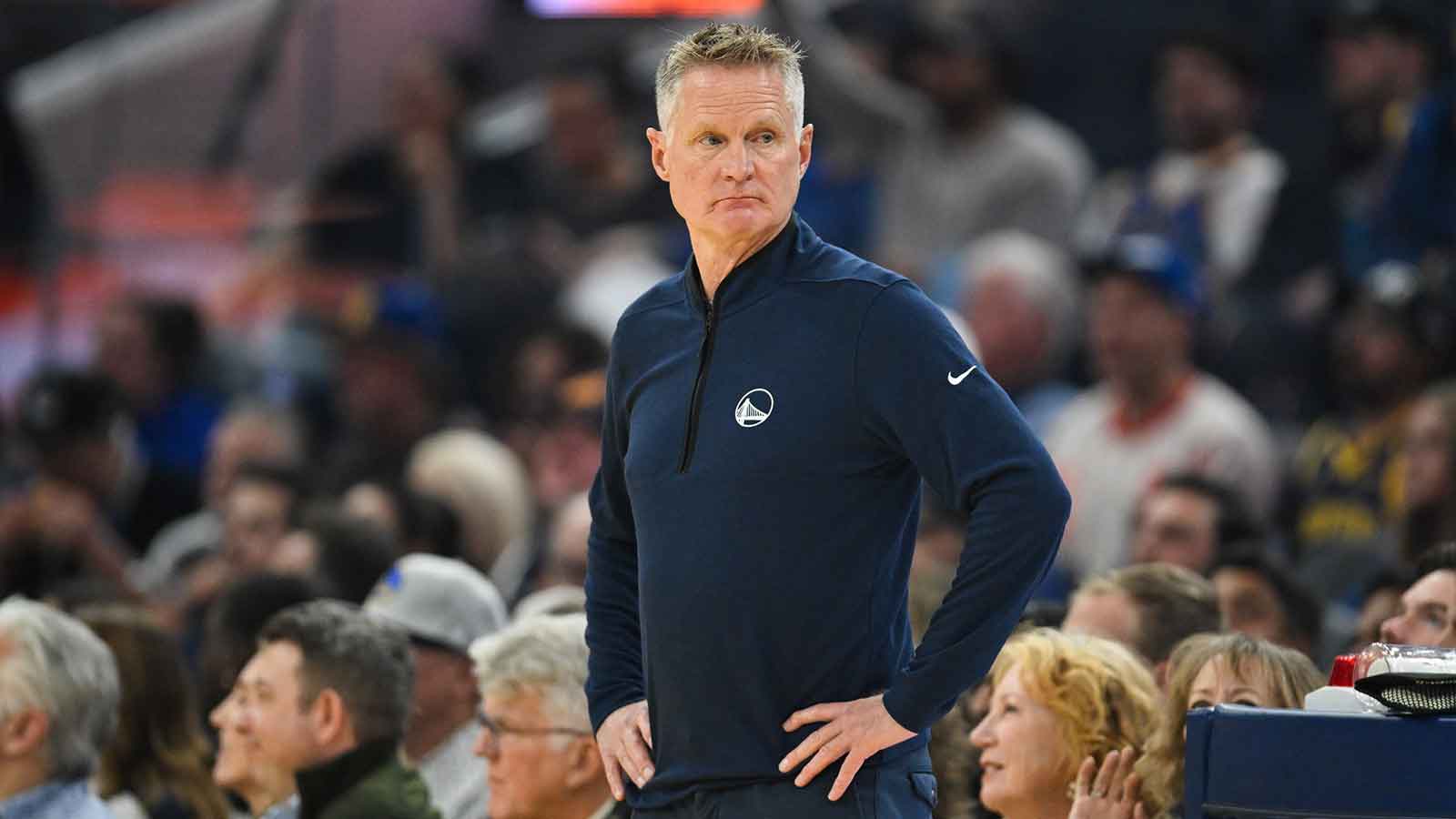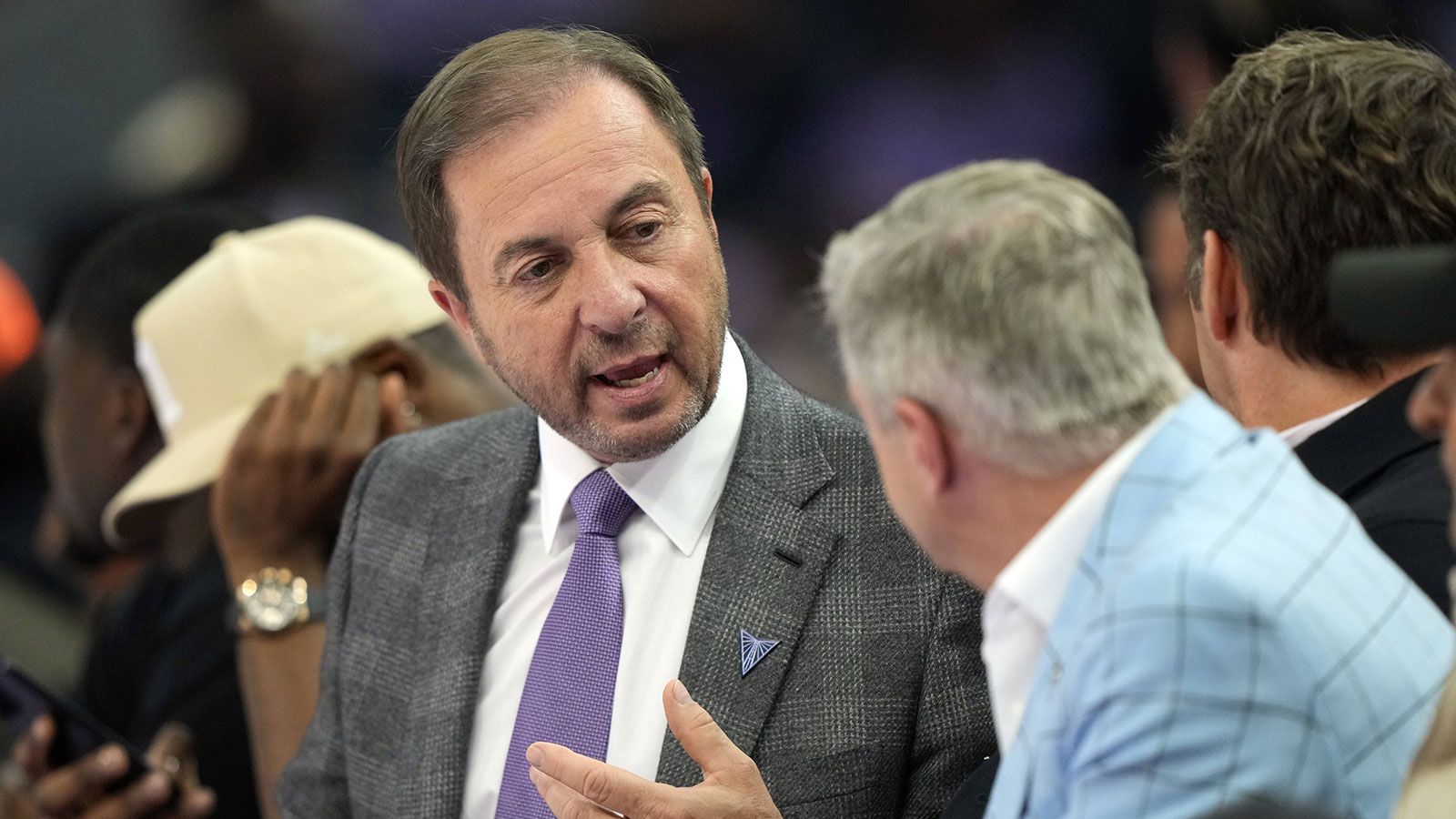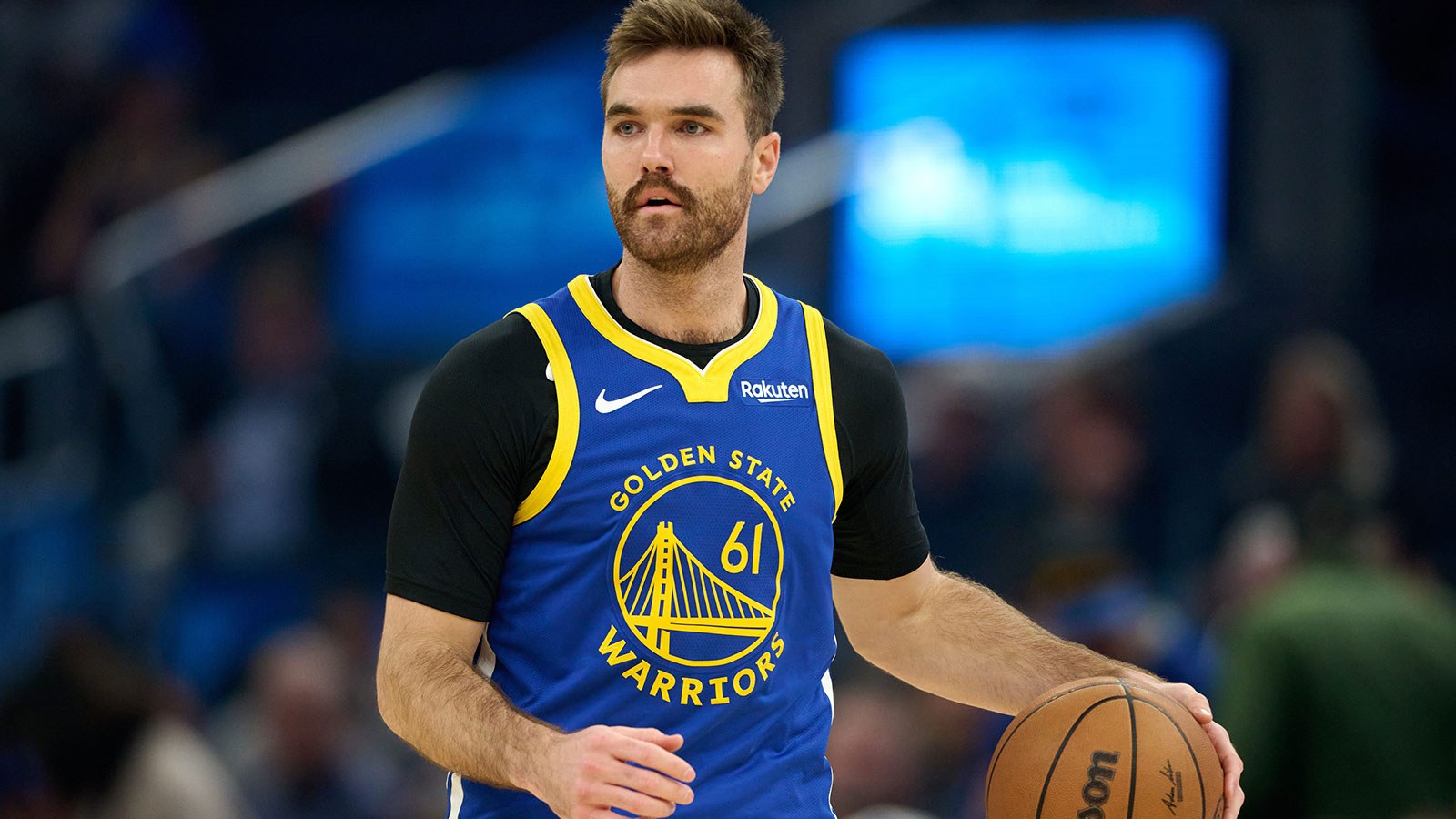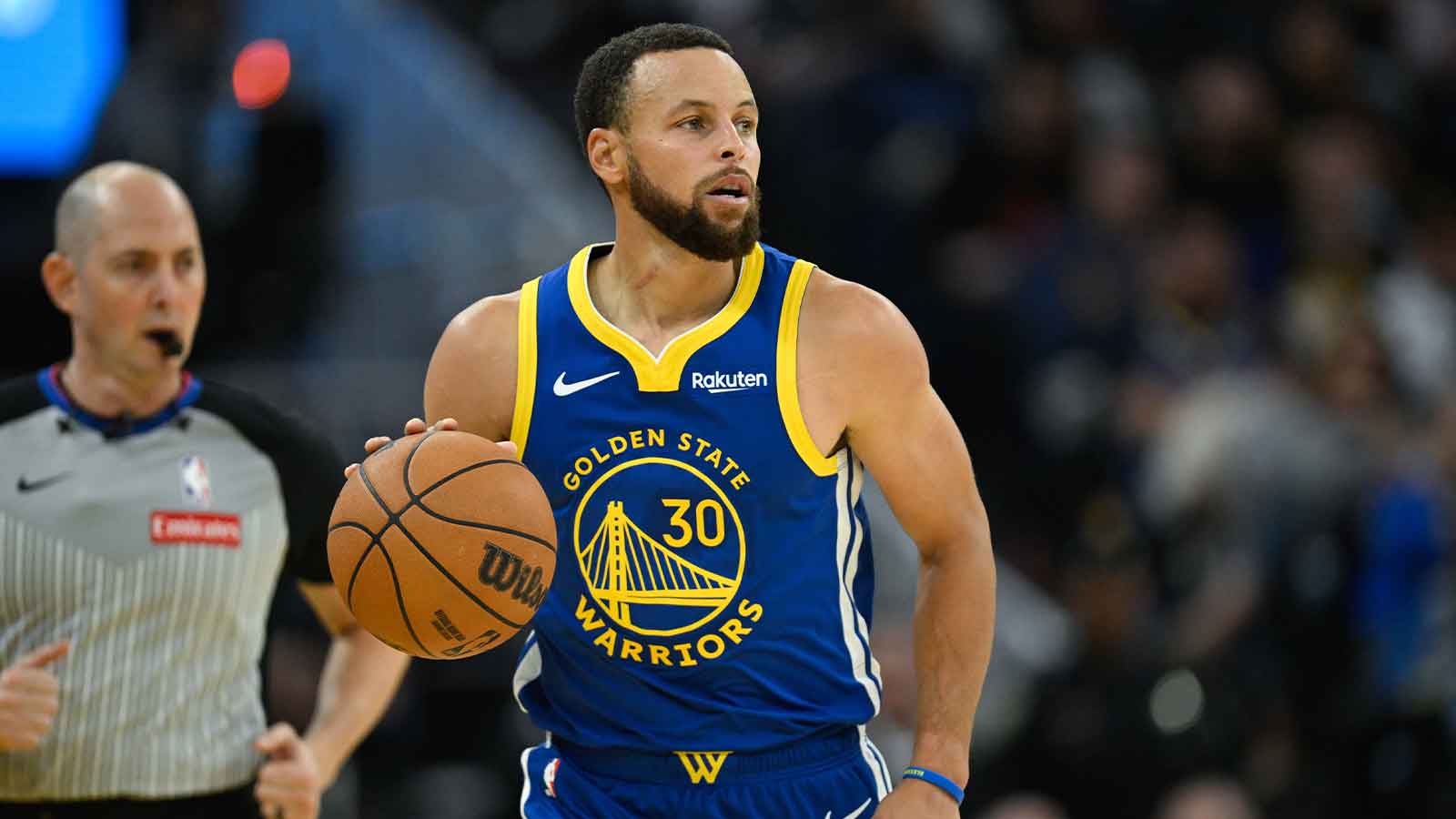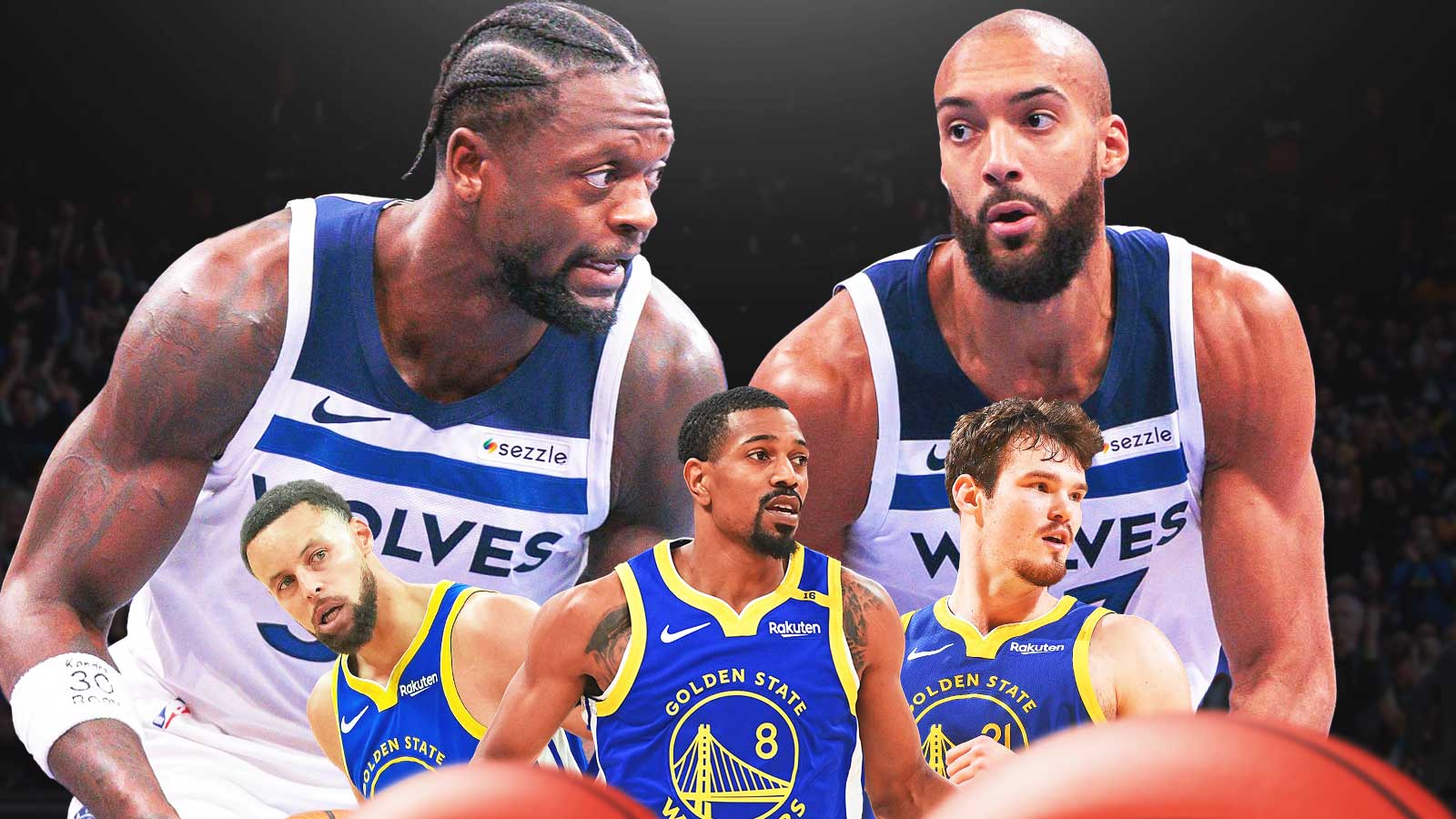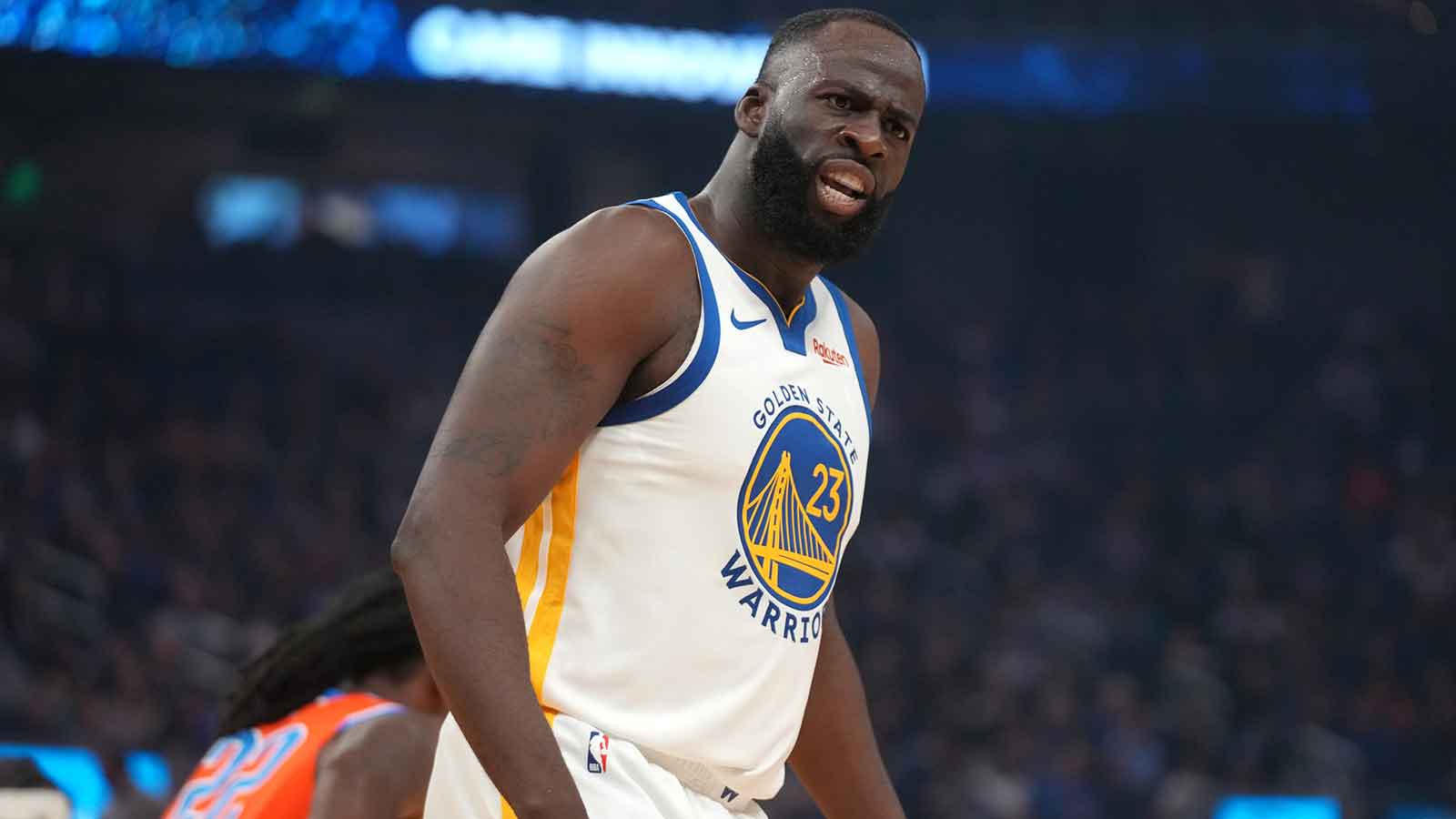Golden State Warriors star Stephen Curry is widely considered the greatest shooter to ever lace up the sneakers. One particular skill that separates Curry from other shooters and scorers is his ability to relocate when he gives up the ball and get wide-open looks by doing it.
The relocation shots Curry takes can happen in transition or half-court sets. When these shots come in a half-court set, the defense is not as focused as it should be and stops for a split-second. This will give Curry the time and freedom to roam and get the ball back from teammates.
Here is an example of what this looks like in a half-court set:
Notice: After Curry gave the ball up to Draymond Green, he stopped for a split-second, causing his defender (Ben Simmons) to freeze, and then he waltzed to the corner, took a dribble and hit the 3-pointer.
To be able to relocate and play at the speed he does, Curry needs to be at his peak performance level. Before the season began, Curry said he's even stronger than ever:
“I had a lot of consistent work, which had me feeling really good physically and mentally coming into the season,” Curry said at Warriors Media Day.
Now, why does something said before the season starts matter currently?
The NBA season is an 82-season grind, sprinkled with back-to-backs and long flights. When you have played as many games as the Warriors have during the past four seasons, players need to be at their highest level of fitness and performance.
This season, Curry has run an average of 2.65 miles per game, eighth in the league in this category, with 1.43 of those miles coming on offense. The average speed Curry plays with on the offensive end is 5.03 miles per hour. Running and relocation are important aspects of Curry's game to gain an advantage on the defense.
Here is another example of Curry relocating to an open spot on the floor:
Curry passed it to Green, who shoveled it back to him, and Larry Nance Jr. was late getting back to him. Curry pump faked, getting his defender flying, then took a dribble and rifled in the deep ball.
Curry's relocation is deadly because, more often than not, he will stop to freeze the defender and then continue to move before the defense can react quick enough. Another detail to note from this previous play is the subtle pump fake Green gave Nance to force him to commit to him before passing the ball off to Curry.
Green is one of the Warriors' best playmakers and will unselfishly give Curry the shot off of his creations. The former Michigan State standout is handing out 7.1 assists per game, the best mark on the team.
Of his 7.1 assists per game, Green dishes out 1.7 of those to Curry, second-most on the team behind the 2.0 he gives to Klay Thompson. Green passes to Curry the most on the team at 19.4 per game. His frequency of 32.3 percent of his passes to Curry are a team high as well.
The relocation of Curry getting open for his shots is not anything new. In fact, he has been doing this for a while now. Just look at the clip below of Curry relocating after the pass against the Kings in the 2016 season:
Curry passed the ball over to Green, who then handed it over to Thompson. Curry, meanwhile, cut through the middle of the key and sprinted toward the corner. Thompson looked like he was about to shoot when he slid the ball to Curry, who launched a triple and turned around to look at the Kings' bench before the ball hit nothing but nylon.
The relocation shot is a shot that Stephen Curry has gotten so accustomed to taking, he expects to get the ball back after he passes it off. It is the shot that has coaches pulling their hair out wondering why their players are not closely defending the best shooter in the game. It is a shot that has helped the small kid from Davidson transform the game of basketball and become one of the great scorers in the league today.








